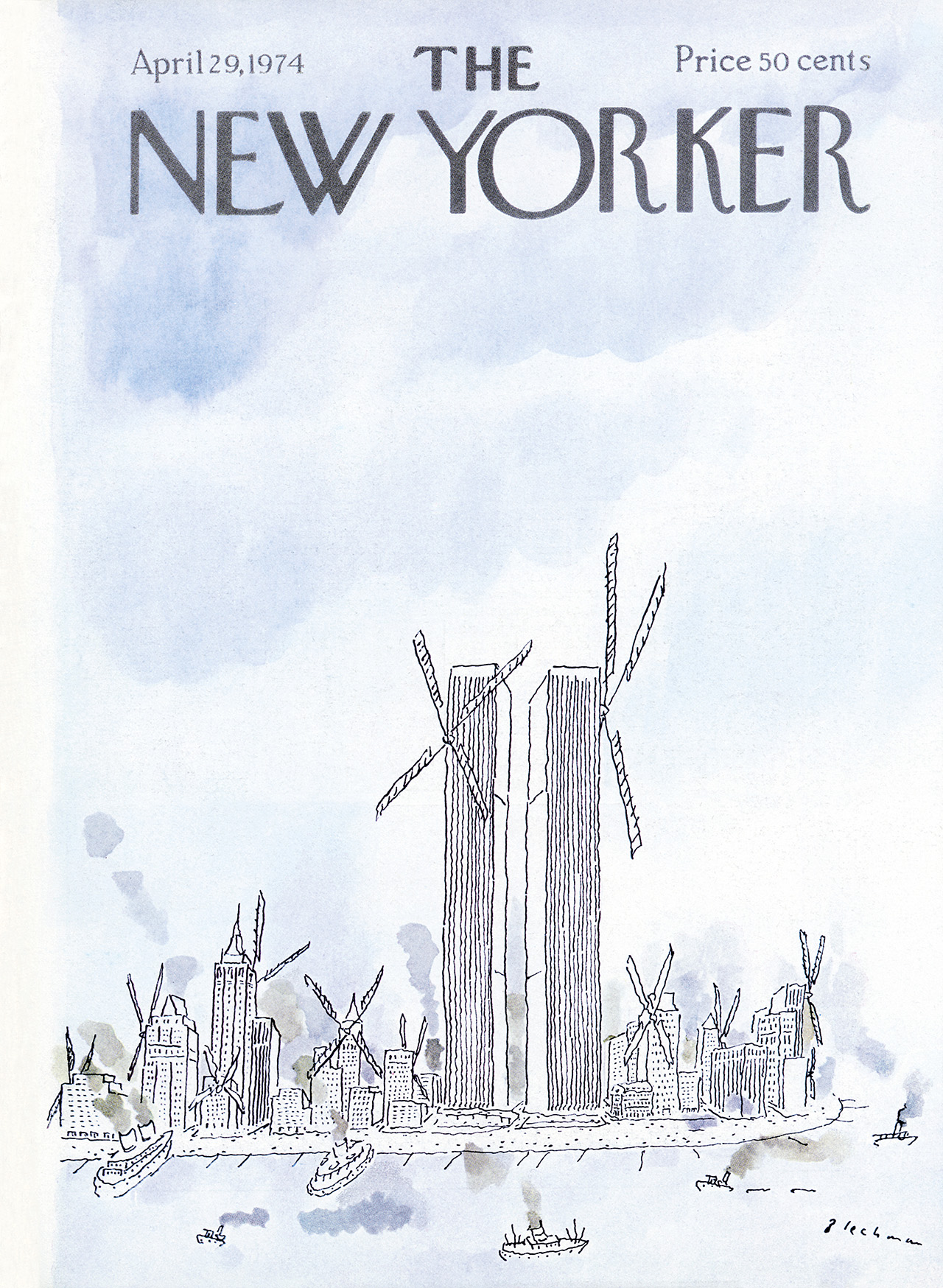Make a donation to the museum
The Changing Face of Lower Manhattan
The Changing Face of Lower Manhattan
- Grades 3 to 5
- Lesson Duration: One Class Period
- Theme: History of the World Trade Center
Essential Question: How has lower Manhattan changed over time?
Learning Goals
Students will be introduced to basic facts about the colony of New Amsterdam.
Students will consider how lower Manhattan has changed over time.
Students will discuss what important buildings have existed historically in lower Manhattan and understand the purposes they served.
Vocabulary
Lower Manhattan: This is the southernmost part of the island of Manhattan, which is one of the five boroughs that make up New York City.
New Amsterdam: The Dutch founded this town on the island of Manhattan in 1625. The British renamed it New York in 1664.
The New Yorker magazine: This weekly publication provides reporting and commentary on politics, foreign affairs, business, technology, popular culture, and the arts, along with humor, fiction, poetry, and cartoons.

“Untitled,” 1974, R.O. Blechman, Courtesy of The New Yorker © Condé Nast
Activity
1. Display or distribute copies of “Untitled,” The New Yorker cover by R.O. Blechman.
2. Ask students to look at the cover. Click on the image to use the pinch-and-zoom feature for closer viewing.
3. Lead a guided inquiry by asking the following questions. Record student observations on a smartboard or chart paper by category.
- Where does this take place? What makes you say that?
- What are all the different objects you see in this picture?
- What stands out to you about the buildings? What else do you notice?
- When was this cover made? What makes you say that?
4. Tell students this cover is connected to two different and very important moments in the history of a special part of New York City called lower Manhattan.
5. Share the background information below, incorporating student responses as applicable:
During the 1600s, the tip of Manhattan was home to the colony of New Amsterdam, settled by the Dutch. This settlement had several important buildings in it, including a fort that protected the harbor, and a windmill for grinding grain. New Amsterdam, which eventually became the colony of New York, was visited by ships filled with goods from all over the world.
6. Display an image of colonial artifacts recovered from the World Trade Center site in 2006 to see examples of items from this era. Ask students if they can recognize any of the objects (they include a pipe head, a figurine, a key, a shell casing, and two fragments).
7. Why do students think mostly metal objects survive from this era? The material is stronger and more durable than other materials that break down over time, like wood.
8. Share the second half of the background information with students:
Over many decades, as New York continued to grow, ships were increasingly replaced by planes, trains and cars. This part of Manhattan, which had many docks and was harder to get to from surrounding areas, lost the importance it had once had. However, in 1973, construction was completed on the Twin Towers, which were the centerpiece of the new World Trade Center in lower Manhattan. These new buildings, which were the tallest in the world when they were built, attracted businesses and people from all over the world to return to this part of New York City.
9. Ask students to locate the Twin Towers in the image. Ask them to articulate why the World Trade Center was important for lower Manhattan.
10. Ask students to explain how the artist is showing the connection between the past and the present.
11. Conclude by telling students that this drawing has no title. Ask them what title they would give it and why.